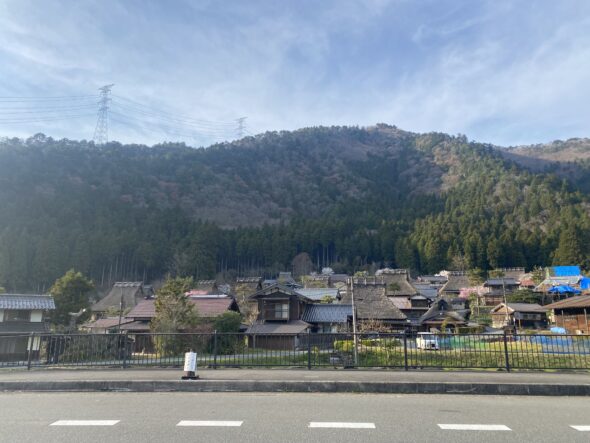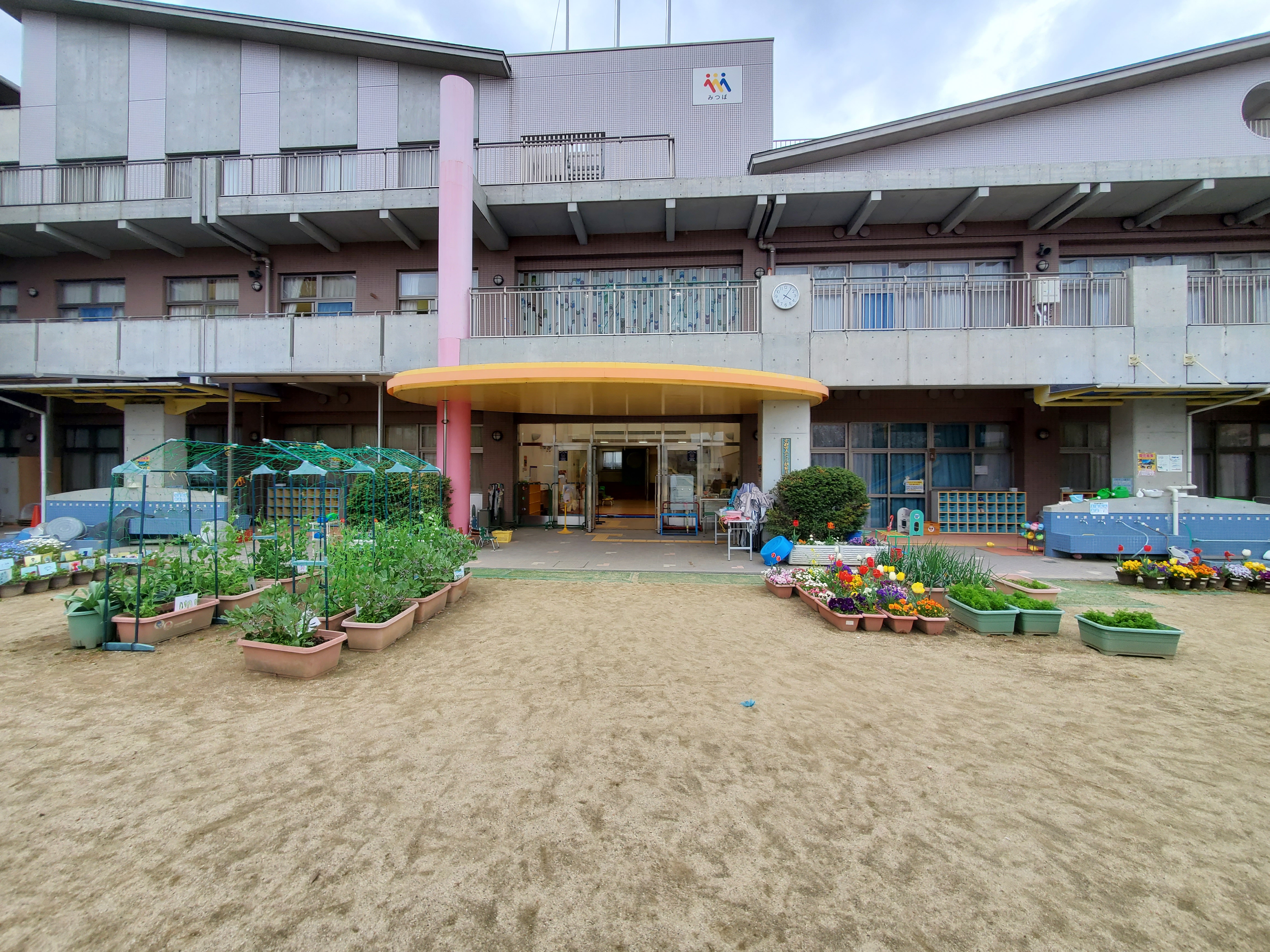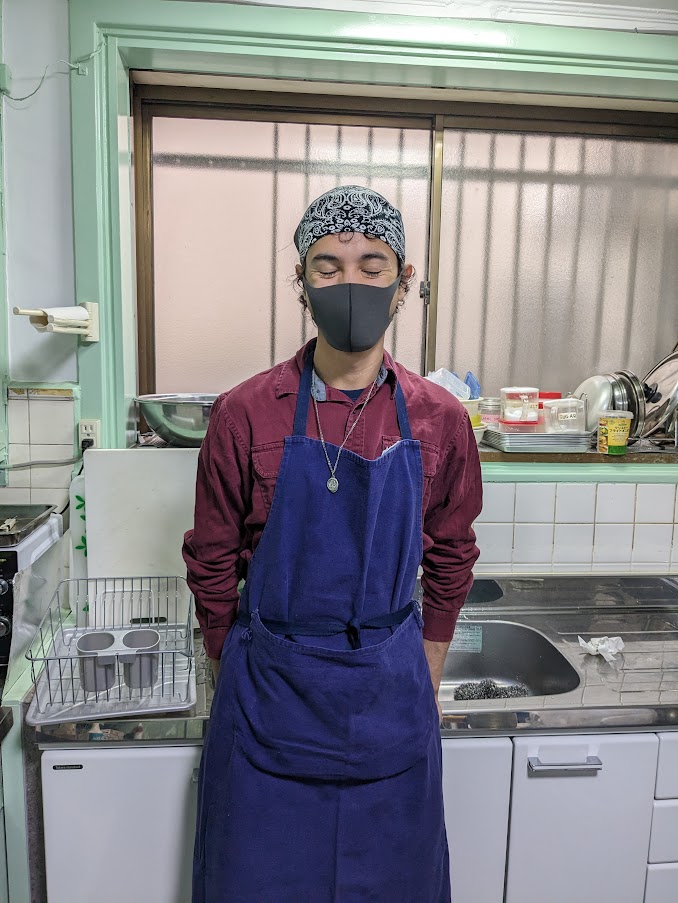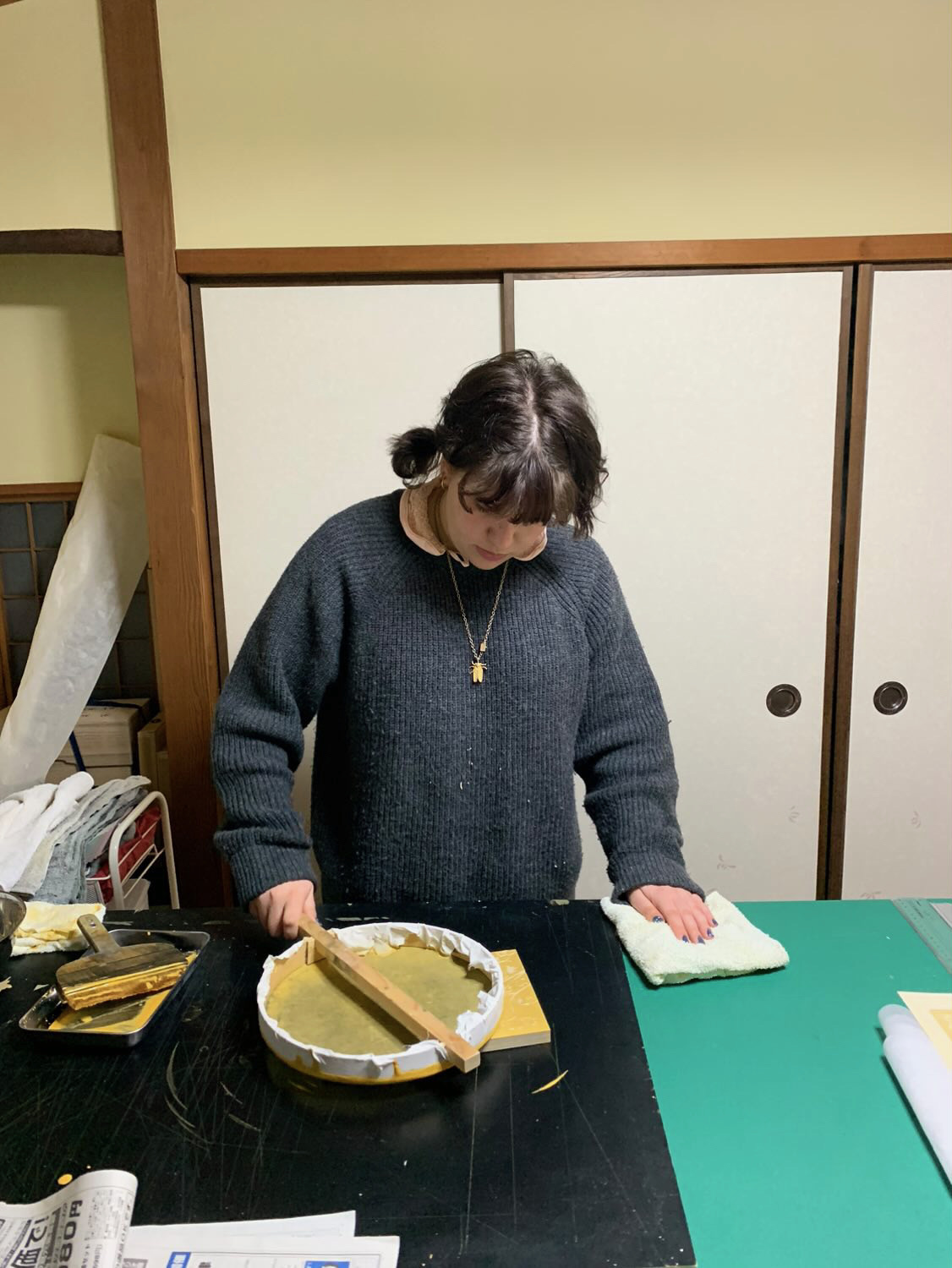 This semester, I studied a form of traditional decorative papermaking known as karakami with Sugawara Fumiha, a karakami artisan based in Kyoto. Professor Melissa Rinne, who I took the class Kyoto Artisans and their Worlds with, connected me to Sugawara-sensei, who graciously offered to work with me for my CIP.
This semester, I studied a form of traditional decorative papermaking known as karakami with Sugawara Fumiha, a karakami artisan based in Kyoto. Professor Melissa Rinne, who I took the class Kyoto Artisans and their Worlds with, connected me to Sugawara-sensei, who graciously offered to work with me for my CIP.
I study visual art at Brown with a particular focus on printmaking. I hoped to learn something related to printmaking or papermaking for my CIP. Karakami is at the intersection of both! It involves using carved wood blocks to create patterned papers that are typically used to decorate fusuma sliding doors or shoji screens. Karakami came to Japan from Tang Dynasty China during the 8th century, so it is an extremely old art form that still maintains traditional techniques. This involves mixing pigments using mica, a type of crystal found in granite, with gofun, a white pigment made from ground seashells, and funori, a type of glue that comes from dried and boiled seaweed. The ink is brushed onto a special sieve made of gauze, which is then pressed directly onto the woodblock to transfer the ink to the carving. Finally, a piece of paper is placed onto the block, and, using pressure from your palms, the design is transferred onto the paper.
I was able to create and carve my own karakami woodblock designs of bleeding heart flowers and blueberries. I learned how to mix inks, print the blocks, and cut and glue together the papers in order to create a continuous pattern. I even got to make my own karakami panel which I can hang up in my room.
This experience was one of the most meaningful opportunities in my study of both art and Japanese. I learned so much from Sugawara-sensei, who was an extremely kind, generous, and patient teacher. Over the course of the lessons, I grew more and more comfortable talking to Sugawara-sensei in Japanese and was able to form a life-long connection. I was able to learn an art form that I never could have studied without my time at KCJS, and will be forever grateful for this experience.
Advice to future students: if you have a particular interest you hope to pursue in Kyoto, go for it, even if it seems like something that could be difficult to find! I never thought I’d be able to study printmaking with an artisan in Kyoto, yet alone something as special as karakami. However, after talking to KCJS staff and professors about my interests in printmaking, I was able to be connected with Sugawara-sensei, who, despite having never taught lessons before, enthusiastically agreed to teach me. The KCJS program is incredibly supportive and well-connected to Kyoto and may be able to find you opportunities you’d never expect.
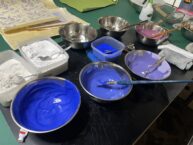
Ink mixing!
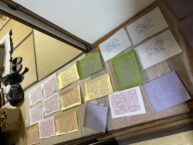
Karakami paper laid out to dry.
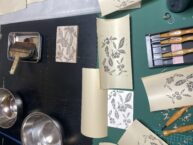
Carving a design.
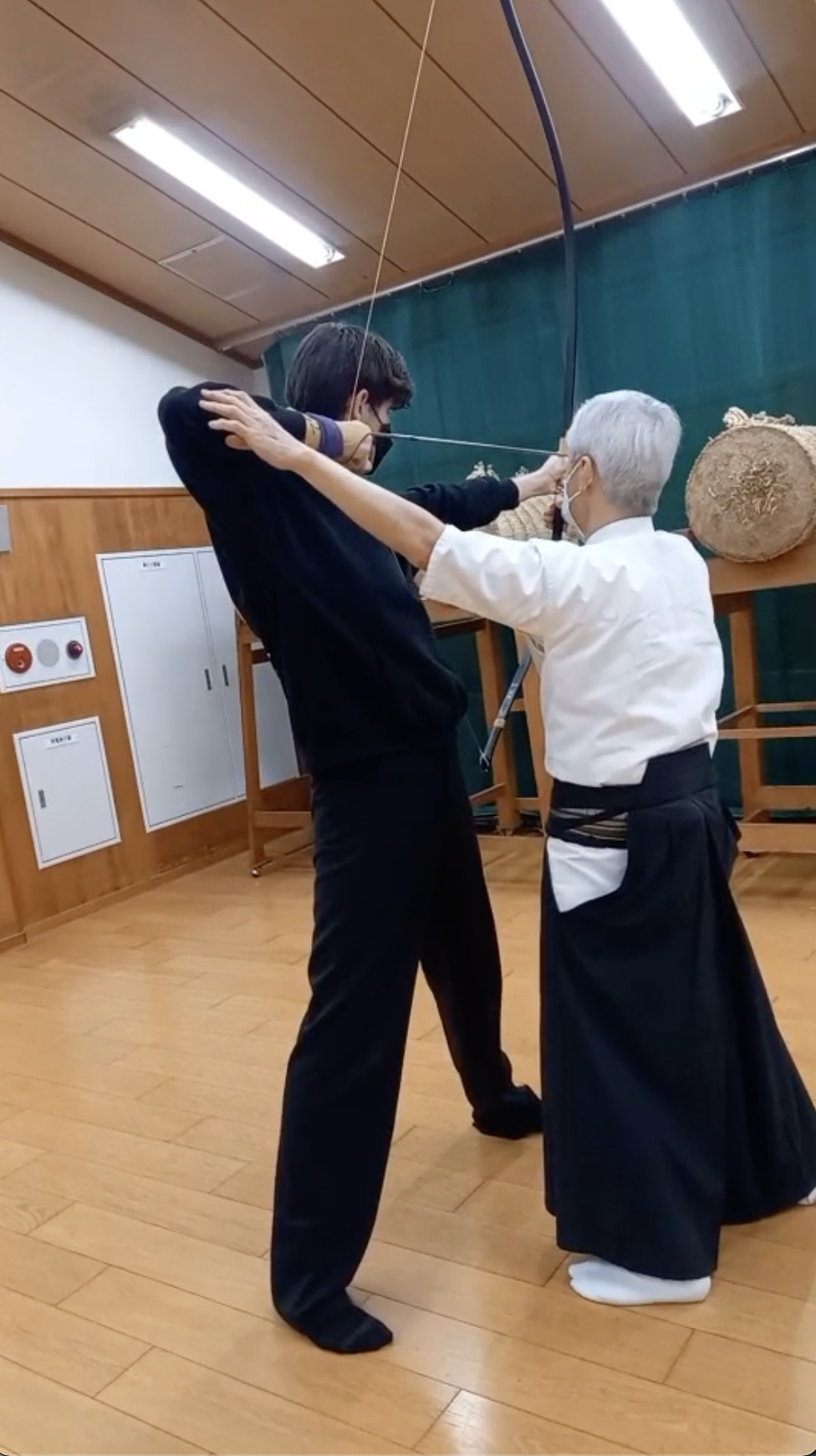

 This semester, I studied a form of traditional decorative papermaking known as karakami with Sugawara Fumiha, a karakami artisan based in Kyoto. Professor Melissa Rinne, who I took the class Kyoto Artisans and their Worlds with, connected me to Sugawara-sensei, who graciously offered to work with me for my CIP.
This semester, I studied a form of traditional decorative papermaking known as karakami with Sugawara Fumiha, a karakami artisan based in Kyoto. Professor Melissa Rinne, who I took the class Kyoto Artisans and their Worlds with, connected me to Sugawara-sensei, who graciously offered to work with me for my CIP.


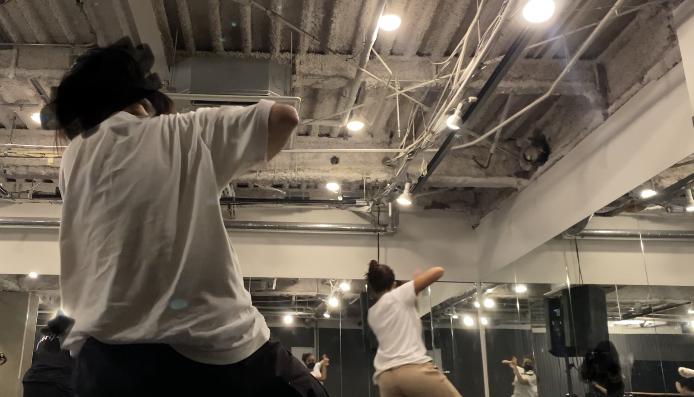
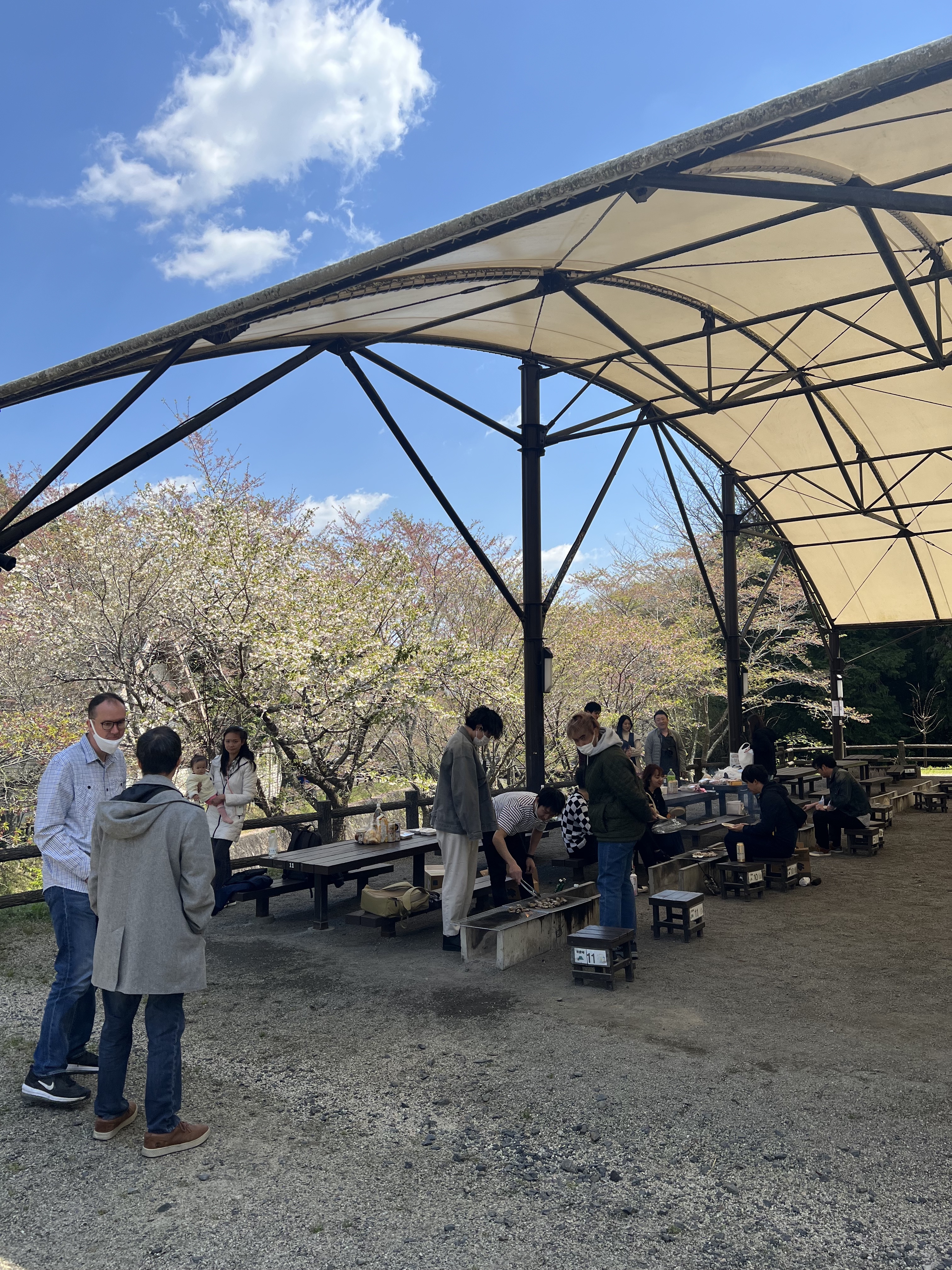 During my time at KCJS, I have decided that my community involvement project will be volunteering at Klexon English-speaking Circle located at Wings Kyoto. It was simple to speak with native residents who wanted to converse in English. At every meeting, we were met with different Kyoto residents. We were given a topic or a format of what we should talk about. Afterward, we talked about our daily life, childhood memories, and traveling.
During my time at KCJS, I have decided that my community involvement project will be volunteering at Klexon English-speaking Circle located at Wings Kyoto. It was simple to speak with native residents who wanted to converse in English. At every meeting, we were met with different Kyoto residents. We were given a topic or a format of what we should talk about. Afterward, we talked about our daily life, childhood memories, and traveling.
